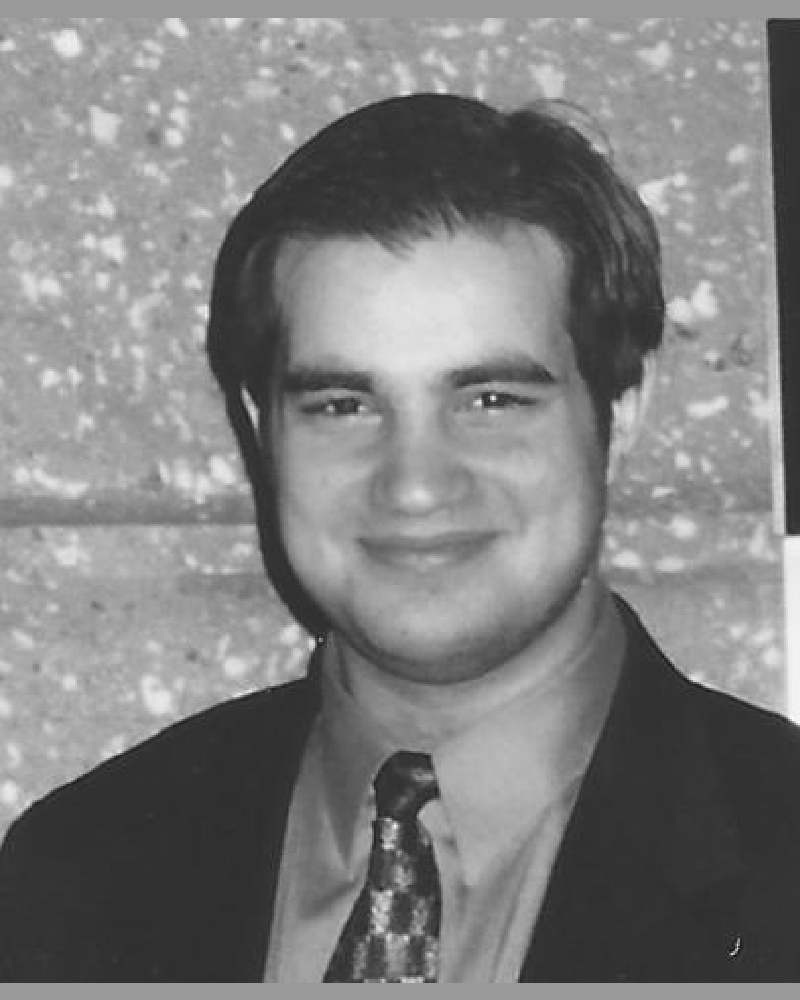“He was who he was from the time he was four.” That’s one thing Trudy Maurer has to say about her son, the Internet security expert Daniel Kaminsky, who died at the age of 42 in 2021 and was inducted into the Internet Hall of Fame in 2021.
What Maurer means, in part, is that who her son was was a technology genius, and that powerful intellectual skill set was clear from his earliest days. But she also means that Kaminsky was a real, warm human being who cared deeply about the impacts technology made on other humans.

“His lexicon was computers,” says Maurer. “But he had a foot in both worlds. He could be with people, he could be with a computer. He could work three days without sleep but he was able to relate in a way that other people would understand.”
Kaminsky is best known for his discovery of a security flaw in the Internet and his significant role in coordinating a solution for a potential global tech catastrophe. He was working for a Seattle security firm when he found the DNS fault. The Kaminsky Bug, as it became known, made the Internet vulnerable to hackers. Attackers would have been able to create significant online mayhem with cache-poisoning activities such as intercepting email, bypassing password authentication, and impersonating websites.
The 29-year old Kaminsky understood that nearly every DNS server in the world was vulnerable to the bug, necessitating a coordinated response to fixing it. He quickly and quietly communicated the problem to a small group of DNS and security leaders and the Department of Homeland Security. With Kaminsky leading the effort, a secret meeting of cybersecurity experts was convened at Microsoft headquarters. The patch the group came up with was applied simultaneously worldwide within a few months of Kaminsky’s timely discovery and outreach.
His mother says, “He had a lot of faith that sometimes I haven’t had, that ultimately there are a lot of good people in the world, and if you can find a way to get them to interact for the benefit of all of us, that ‘s very important.”
A younger Kaminsky knew a lot about the vulnerabilities of complex, and supposedly secure, networks. His mother verifies the tale of the 11-year-old Kaminsky breaking into a U. S. military site. She found out about the breach when she received an angry phone call from a network administrator whom she met in person decades later at one of her son’s popular Black Hat conference appearances.
Though he had a hacking approach, Kaminsky’s intentions were never malicious. “He was brought on earth to help other people,” says Maurer, who said Kaminsky once intervened when several young Belgian hackers were on the verge of a major Internet breach. Kaminsky located the teenagers and advised them to back down. “He told them, ‘This is a silly thing to do. You might get your name in the news but you’ll never get another job in the Internet.’”
Kaminsky fulfilled a benevolent role in many ways. A committed proponent of security and privacy issues, he publicized the Sony Rootkit scandal, in which the music giant installed software that spied on users’ listening habits on over half a million computers. Kaminsky also helped develop a scanner to detect the Conficker worm which, in 2008, had infected personal, business, and government computers in 190 nations, making it the most impactful computer worm of its time.
The worldwide Internet community held an abiding faith in Kaminsky: he was one of a small handful of people to serve as a Trusted Community Representative, a term given by ICANN to those who participate in ceremonies that manage the DNS Root Key. The ceremony validates the authenticity and integrity of DNS messages every three months. “To me, that indicates his worth to the world,” says Kaminsky’s mother. After her son’s death, Maurer was contacted by ICANN to retrieve the so-called key from a safe deposit box and return it to the organization, which will be tasked with finding as trustworthy a keeper as Kaminsky.
One perhaps unexpected and lasting legacy is Kaminsky’s commitment to the healing of others. One of the health applications he created is credited with having helped people with colorblindness, especially helping colorblind children gain weight. Maurer notes that colorblind children often don’t eat sufficiently because the colors of food don’t look appealing. Kaminsky invented an app that uses a smartphone’s camera to integrate with the cerebral cortex’s color function and show foods in tempting colors to users. With the advent of the app individuals were more likely to enjoy food and gain weight.
At the time of his death from diabetic ketoacidosis, Kaminsky was working with the National Institutes of Health to improve Covid-19 vaccine availability and use. His mother says, “I want people to know he was not just a brilliant person. He was the real thing. He understood that we are all given skills, and if we use them we can help others.”